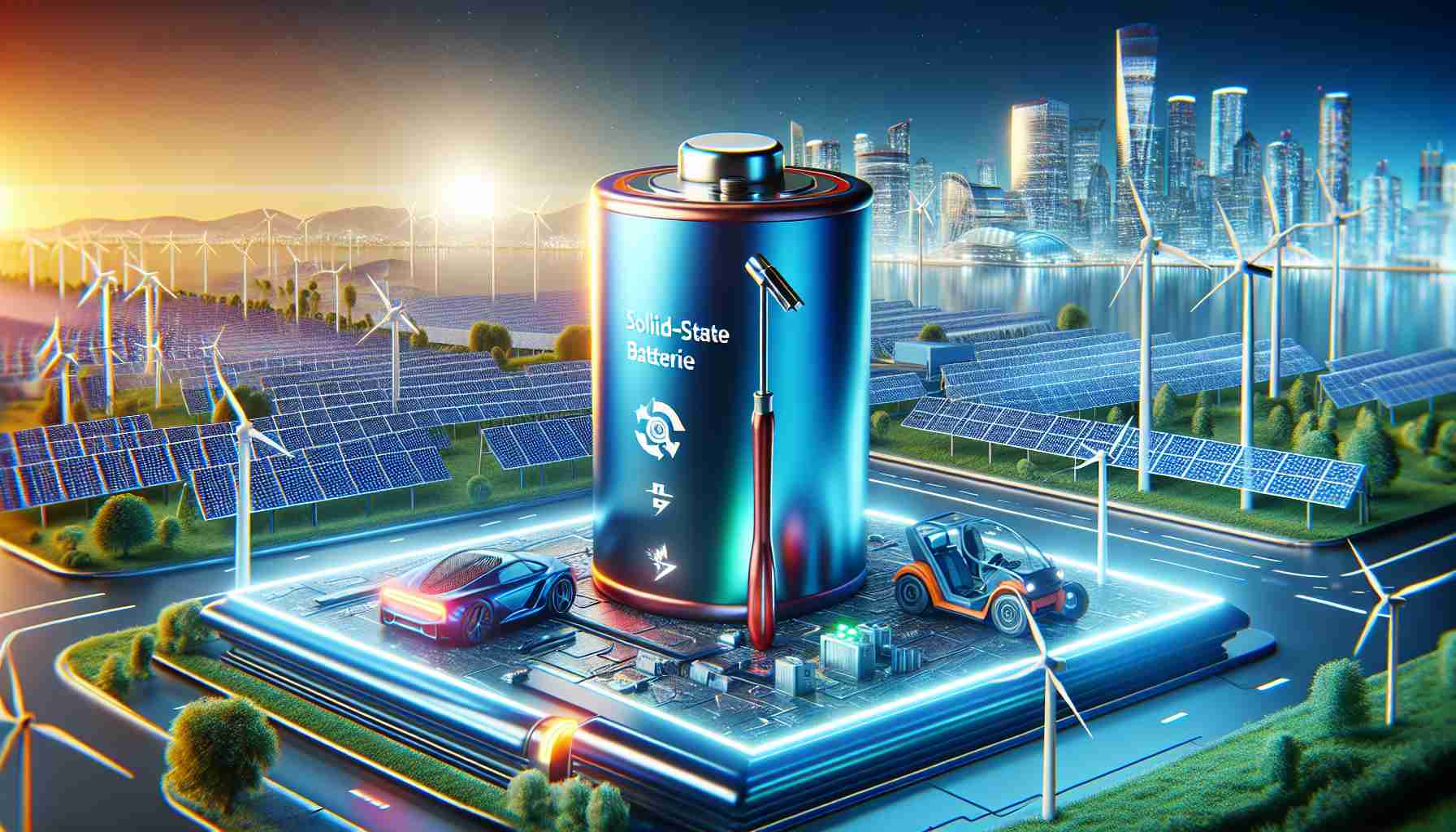- Solid-state batteries (SSBs) promise faster charging, enhanced electric vehicle range, and improved safety.
- Different types of SSBs—polymer, oxide, and sulfide—offer distinct advantages and challenges.
- Key performance metrics to assess include safety, cost, cycle life, and low-temperature performance.
- Discussions will provide benchmarks and forecasts crucial for understanding SSB technology’s market potential.
- Safety remains a top priority, influencing the widespread adoption of SSBs across various industries.
- The future of energy storage technology hinges on the success of SSBs and their real-world implementation.
Imagine a world where your gadgets charge within minutes, electric vehicles travel further, and the fear of battery fires is a thing of the past. Solid-state batteries (SSBs) are emerging as the game-changer the energy sector has been waiting for. But the burning question remains: are they truly the revolutionary technology we’ve been promised, or just another fleeting trend?
Dive into the fascinating realm of SSBs, where cutting-edge innovations collide with real-world challenges. During an upcoming session, experts will unravel the intricate details of various SSB systems—polymer, oxide, and sulfide—each boasting unique strengths and weaknesses. By examining key metrics like safety, cost, cycle life, and low-temperature performance, the exploration seeks to determine if SSBs will ignite a transformation in the battery market or fizzle out under pressure.
Attendees will walk away with invaluable insights, including vital benchmarks for SSB technology, market forecasts, and the latest updates on scaling production and navigating supply chain hurdles. A focal point of the discussion will be the paramount concern of safety, a crucial element in determining SSB adoption across industries.
As the race for superior energy storage continues, SSBs could either lead the charge or fall by the wayside. Will they be the key to unlocking a more sustainable and efficient future? Stay tuned—this could be the turning point for energy storage technology as we know it!
Revolutionizing Energy Storage: The Solid-State Battery Showdown
The Future of Energy Storage: Solid-State Batteries
Imagine gadgets that charge in mere minutes and electric vehicles (EVs) that drive longer distances without the fear of battery fires. Solid-state batteries (SSBs) are touted as the breakthrough technology the energy sector desperately needs. However, the real question lingering in experts’ minds is whether SSBs are indeed a revolutionary advancement or just another short-lived trend.
Innovations in Solid-State Batteries
SSBs utilize a solid electrolyte instead of the liquid or gel electrolytes found in traditional lithium-ion batteries. This fundamental change leads to several innovations:
– Enhanced Safety: SSBs significantly reduce the risk of thermal runaway, which is a common cause of battery fires.
– Higher Energy Density: They promise increased energy storage capabilities, allowing devices and vehicles to function longer between charges.
– Longer Lifespan: With fewer degradation issues, SSBs can have a longer cycle life compared to conventional batteries.
Key Features and Limitations
– Types of Solid-State Batteries:
– Polymer-based: Flexible, lightweight, and safer, but can face challenges with scalability.
– Oxide-based: High thermal stability and energy density, yet can be more costly and complex to produce.
– Sulfide-based: Offer high conductivity and capacity; however, they can be sensitive to moisture.
– Limitations:
– Cost of Production: High manufacturing costs currently limit widespread commercial adoption.
– Scalability Issues: Challenges in upscaling production to meet demand.
– Performance in Cold Temperatures: Some SSBs may underperform in extremely low temperatures.
Market Forecasts
The global solid-state battery market is expected to experience exponential growth. Analysts predict that the market could reach $15.9 billion by 2030, driven by rising demand from the EV sector and portable electronics. Companies like Toyota, Samsung, and QuantumScape are heavily investing in SSB technology, indicating strong competitive pressure and innovation in the field.
Sustainability and Security Aspects
SSBs could contribute to a more sustainable future due to their ability to use less harmful materials and recycle better than traditional batteries. Safety measures are crucial for consumer acceptance, as the technology must demonstrate reliability and reduce risks associated with battery failures.
Frequently Asked Questions
1. What are the primary advantages of solid-state batteries over traditional lithium-ion batteries?
– Solid-state batteries provide improved safety, a higher energy density, longer lifespan, and reduced fire risks, which are significant advantages in both consumer electronics and electric vehicles.
2. What are the main challenges facing the widespread adoption of solid-state batteries?
– The primary challenges include high production costs, scalability issues, and potential limitations in performance under various environmental conditions.
3. How are major companies approaching the development of solid-state battery technology?
– Companies like Toyota and QuantumScape are investing in research and production capabilities, focusing on overcoming the existing challenges of solid-state batteries while aiming to replace conventional lithium-ion batteries in future models.
For further insights, visit the main domains of leading companies in the energy storage sector:
– Toyota
– Samsung
– QuantumScape
Solid-state batteries may very well be on the brink of transforming energy storage technology, making it essential to keep an eye on this exciting development in the industry.
